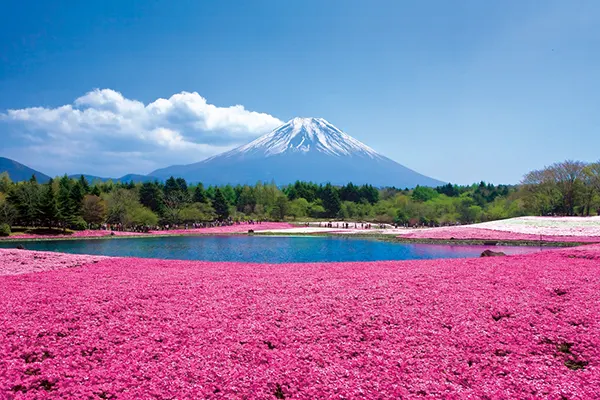
Hokkaido, Japan: Northern Landscapes, Hot Springs and World-Class Cuisine
Hokkaido, the northernmost island of Japan, is a region that captivates travellers with its raw beauty, rich traditions, and unique climate. Known for its unspoilt nature, steamy onsen baths and exceptional seafood, Hokkaido stands apart from the more industrialised parts of the country. In June 2025, the island continues to thrive as a destination for those seeking authenticity, seasonal delicacies and serene natural escapes.
Nature’s Masterpiece: The Landscapes of Hokkaido
The geography of Hokkaido is defined by expansive national parks, volcanic mountain ranges, and rolling fields of seasonal flowers. In early summer, Furano’s lavender fields begin to bloom, creating picturesque purple carpets that stretch to the horizon. Simultaneously, Mount Asahi and Daisetsuzan National Park offer accessible hiking trails with panoramic views and lingering snow caps.
In Shiretoko, a UNESCO World Heritage Site, wildlife thrives in near-pristine conditions. Brown bears, foxes and deer roam freely, and cruises along the coast reveal sea eagles, waterfalls and dramatic cliffs. The region’s isolation helps preserve its delicate ecosystems, attracting ecotourists and nature photographers from around the globe.
June is also a perfect month to visit Lake Toya and the nearby active volcano, Mount Usu. The clear weather enhances the visibility of the surrounding caldera, and local inns provide access to lakeside hot springs that combine relaxation with stunning views.
Protected Reserves and Outdoor Exploration
Hokkaido’s commitment to conservation is evident in its management of national parks and wildlife reserves. Visitors are encouraged to stay on marked paths and engage with licensed guides for activities such as bear watching or kayaking. Educational visitor centres often accompany trailheads to foster environmental awareness.
These regions are also crucial for migratory birds, and birdwatchers find rare sightings during the early summer. The Kushiro Marshland is a notable site for observing the endangered red-crowned crane, a symbol of longevity in Japanese culture.
Whether trekking through flower valleys or observing geothermal activity in Noboribetsu, the variety of landscapes ensures every nature enthusiast can find their niche without overcrowding.
Thermal Springs and the Onsen Tradition
Hokkaido boasts some of the most atmospheric onsen villages in Japan. Places like Jozankei, Noboribetsu and Yunokawa are renowned not only for their mineral-rich waters but also for the centuries-old customs surrounding communal bathing and seasonal relaxation. Many inns offer outdoor baths (rotenburo) with views of forests, mountains or snow-melt rivers.
In Noboribetsu, the Hell Valley (Jigokudani) features dramatic sulphur vents and bubbling mud pools. These natural formations serve as a backdrop for the local ryokan culture, where guests dine on multi-course kaiseki meals and wear traditional yukata robes after bathing.
Onsen bathing in Hokkaido isn’t merely about hygiene or comfort — it’s a social and spiritual experience. The waters are believed to treat a variety of ailments, from arthritis to skin conditions, and even stress. Every source has its own unique mineral profile, with signs posted outside indicating the health benefits.
Seasonal Wellness and Cultural Etiquette
June offers ideal temperatures for open-air soaking without the extremes of winter chill or summer heat. Many hot spring areas include walking paths and gardens that bloom during the early summer, providing a meditative environment before or after bathing.
Etiquette is an important part of the onsen tradition. Guests must wash thoroughly before entering the shared bath, avoid loud conversations, and never bring towels into the water. Tattoos may still be taboo in some establishments, though an increasing number are becoming more welcoming to international visitors.
For those looking to combine comfort with authenticity, mixed-gender onsen experiences or private family baths (kashikiri) are widely available, particularly in tourist-friendly areas like Lake Akan or Kawayu.
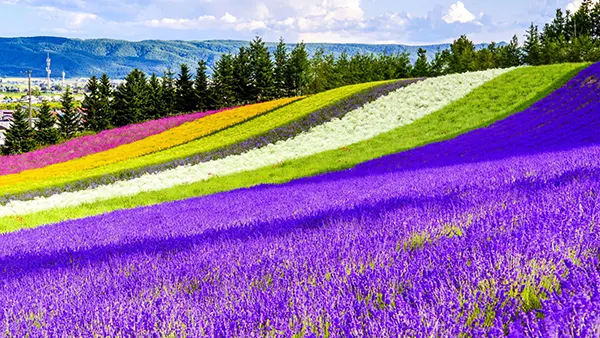
Hokkaido’s Culinary Identity
Hokkaido is known throughout Japan as a culinary treasure trove, particularly for lovers of seafood, dairy and farm-fresh vegetables. June heralds the arrival of fresh uni (sea urchin) and kani (crab), which are prominently featured in sushi, donburi bowls and market stalls in towns like Otaru and Hakodate.
The region’s cool climate and fertile soil allow for the production of exceptional corn, potatoes, asparagus and melons. The famed Yubari melon, harvested around June, is considered a luxury fruit and often sold in beautifully wrapped boxes for gift-giving.
Dairy products such as cheese, milk and butter also take centre stage, particularly in areas like Biei and Tokachi. Many farms open their doors for tastings, ice cream workshops and cheese-making experiences — ideal for families or culinary travellers seeking hands-on activities.
Regional Dishes and Local Markets
Each sub-region of Hokkaido presents its own local delicacies. Sapporo is known for miso-based ramen topped with sweetcorn and butter, while the town of Akkeshi is famed for its oysters. Inland towns offer venison and mountain vegetables, giving variety even to repeat visitors.
Morning markets like the Hakodate Asaichi offer a glimpse into local food culture. Visitors can select fresh seafood and have it prepared on the spot, or enjoy cooked dishes such as grilled scallops or sea urchin rice.
Hokkaido’s emphasis on traceable, seasonal ingredients and artisanal production methods supports a growing farm-to-table movement that resonates with environmentally conscious travellers and food enthusiasts alike.
Popular articles
-
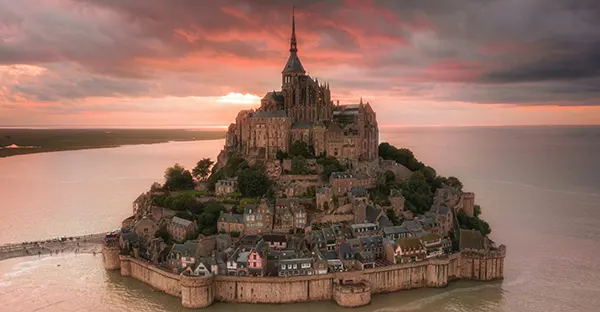 Mont-Saint-Michel (France): the abbey island shaped by tides
Mont-Saint-Michel (France): the abbey island shaped by tidesMont-Saint-Michel is one of the most distinctive historical sites in …
-
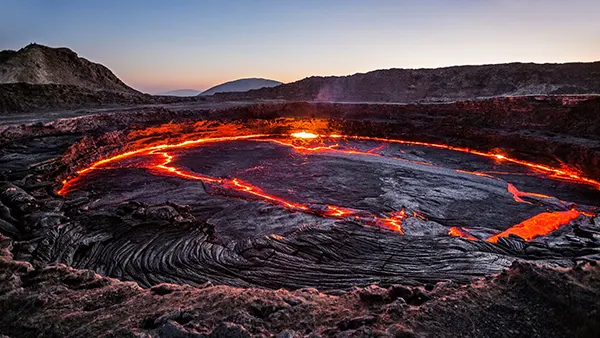 Depression Danakil: Ethiopia’s Fierce and Haunting Landscape
Depression Danakil: Ethiopia’s Fierce and Haunting LandscapeThe Danakil Depression in Ethiopia is often described as one …
-
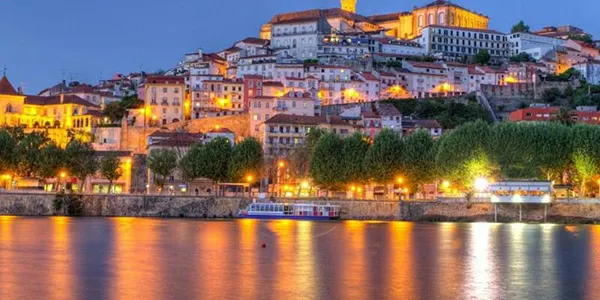 Coimbra, Portugal — A Student City Shaped by Centuries of Academic Tra...
Coimbra, Portugal — A Student City Shaped by Centuries of Academic Tra...Coimbra stands as one of Portugal’s most influential cultural and …
